Final Project Proposal and Dataset Attributes - Generative Art with Domain Knowledge
Introduction
As a painter and software developer interested in Machine Learning, I have trained several models on my paintings, creating complex and interesting artistic outputs from CycleGAN and Mixture Density Networks (modeling distributions of data). For my final project, I would like to expand on my generative art projects by incorporating domain knowledge based on the rules of art evaluation.
Generative Adversarial Networks (GAN) with Multiple Discriminators
I will be using a machine learning algorithm, like CycleGAN, with multiple discriminators, to generate unique works of art. Each discriminator will consider some of the following art attributes:
- Technical Merit
- Composition
- Color
- Style
I learned this method of evaluating artworks from my fantastic art teacher in high school, Sherry Rosevear. She had us memorize three acronyms: DATE, ACT, and VCRUB. DATE means to Describe, Analyze, Translate, and Evaluate. Analyze is broken into Composition and Technical Merit. Finally, Composition includes Variety, Contrast, Repetition, Unity, and Balance. I will go into more detail about these terms below.
Dataset
The GAN dataset will be composed of my paintings and drawings.
For the specific discriminators, I will be training on Kaggle’s WikiArt “Painter by Numbers” dataset. All the images are protected by copyright and can be utilized only for the purposes of data mining, which constitutes a form of fair use. This week I started to label each of the WikiArt images with art attributes. I need to complete this project in four weeks by the end of August 2018, so I’ll only be able to label a subset of the 100,000 images in the dataset.
The “Style” attribute has already been captured in the WikiArt dataset, with each artwork labeled with one of 27 styles:
- Abstract_Expressionism
- Action_painting
- Analytical_Cubism
- Art_Nouveau
- Baroque
- Color_Field_Painting
- Contemporary_Realism
- Cubism
- Early_Renaissance
- Expressionism
- Fauvism
- High_Renaissance
- Impressionism
- Mannerism_Late_Renaissance
- Minimalism
- Naive_Art_Primitivism
- New_Realism
- Northern_Renaissance
- Pointillism
- Pop_Art
- Post_Impressionism
- Realism
- Rococo
- Romanticism
- Symbolism
- Synthetic_Cubism
- Ukiyo_e
Technical merit ranges from 1-10. In my opinion, most of the artworks in the WikiArt dataset have a technical merit of 10. Unity, or the elements that force you to look at the center of interest, has also been 10 for all the artworks thus far. Finally, I found most of them to be Balanced. Since the WikiArt dataset doesn’t have a wide range of values for these attributes, I’ll have to wait until I have a different dataset to train discriminators on these features.
Attributes for Training
Variety of Texture (values 1-10)
Barnett Newman’s Who’s Afraid of Red, Yellow and Blue II has very little texture:
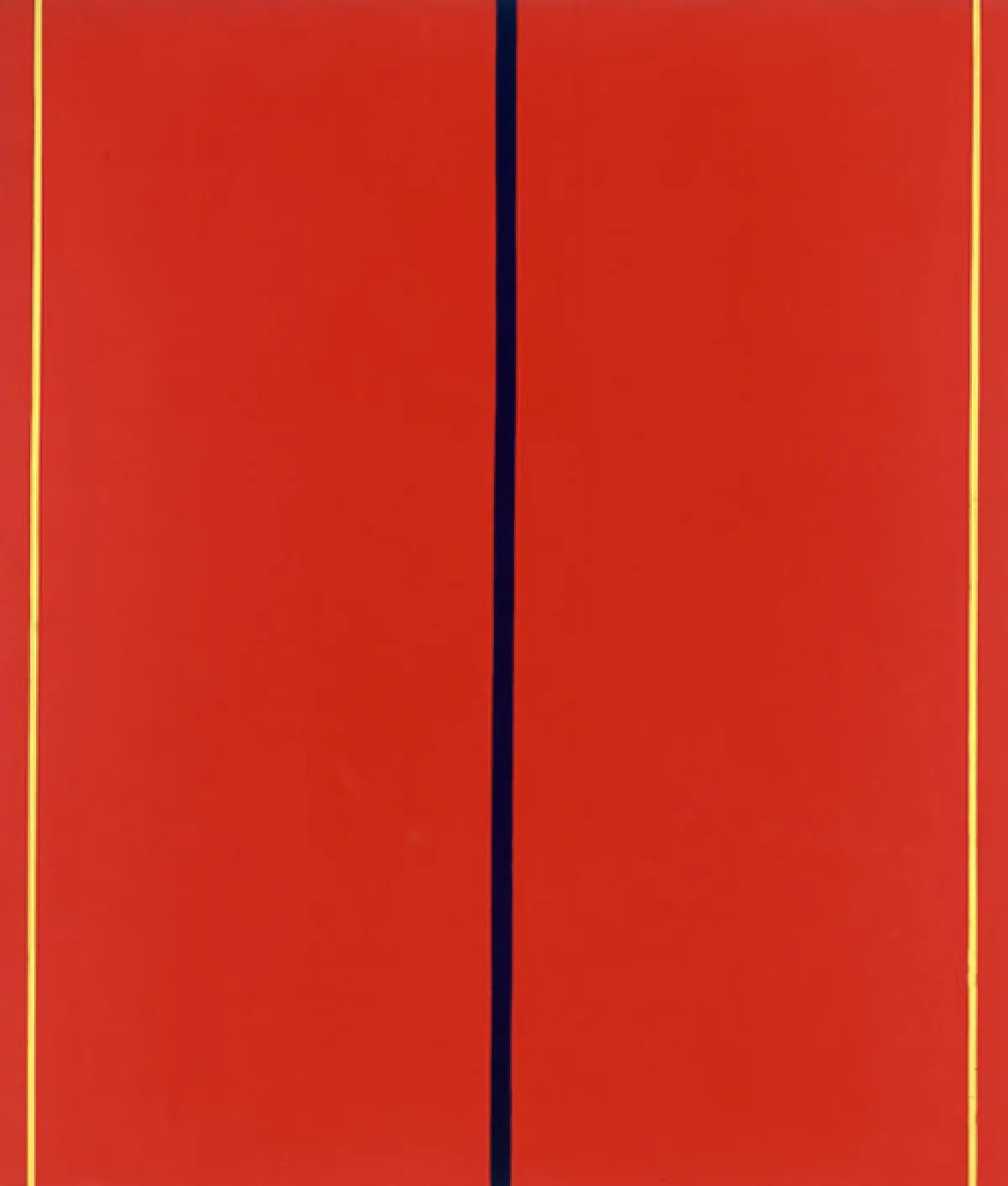
Whereas Konstantin Korovin’s Paris Seine has a lot of texture:
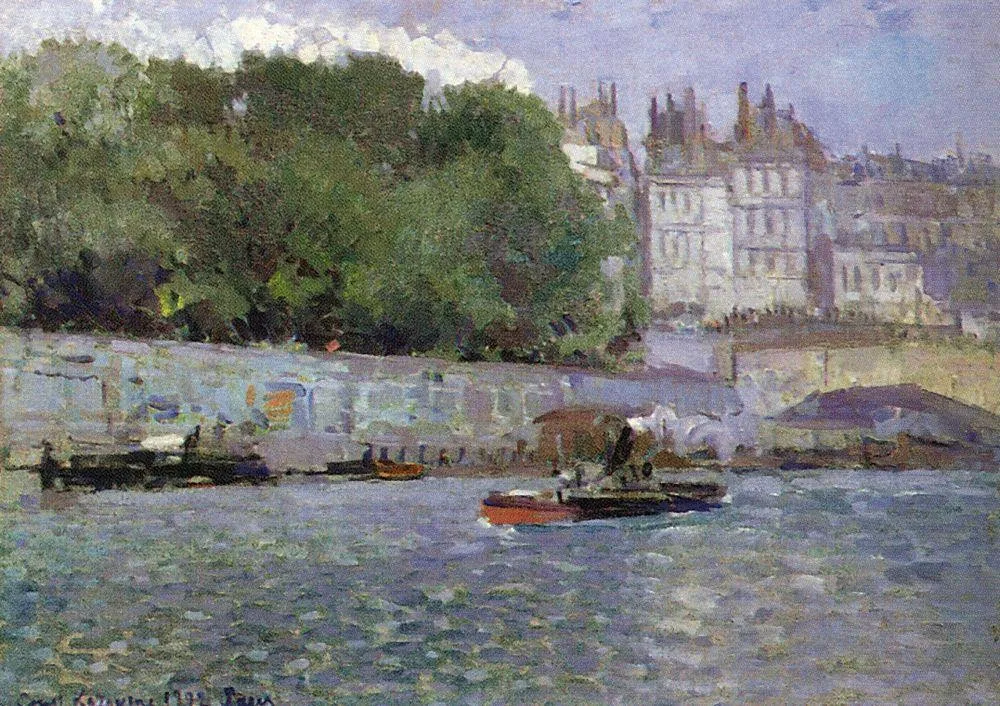
Variety of Shape (values 1-10)
Lucio Fontana’s Concept Spatiale has only a few shapes:
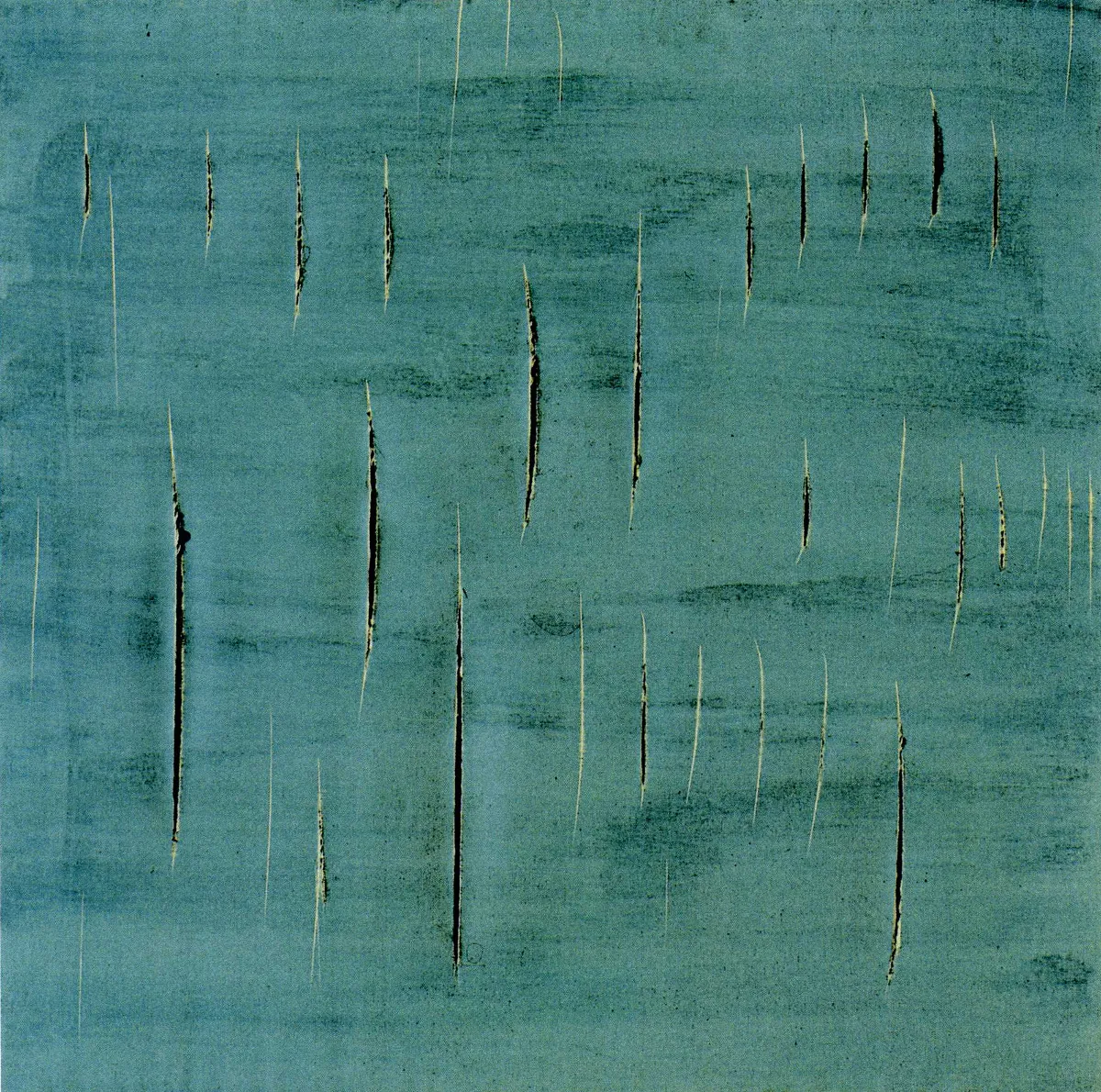
Jean Fouquet’s Funerals has a variety of different shapes:
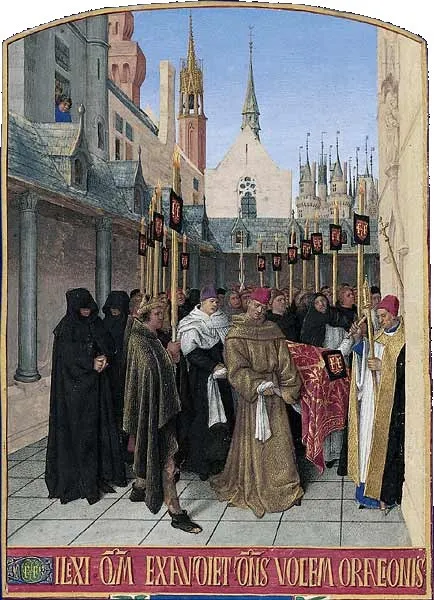
Variety of Size (value 1-10)
Patrick Henry Bruce’s Composition I has shapes that are all about same size:
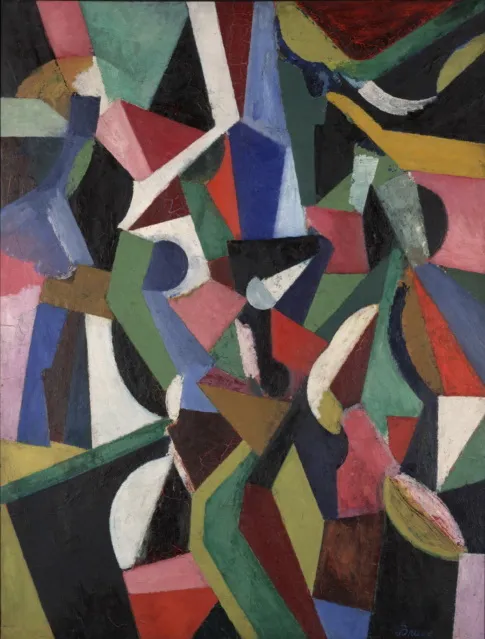
Volodymyr Orlovsky’s Reaping. Hiok. has many different sizes of shapes:
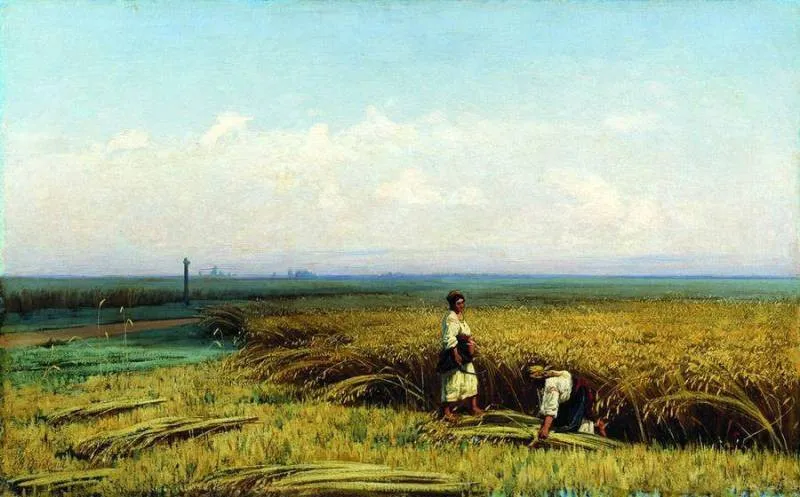
Contrast (value 1-10)
Tosa Mitsuoki’s Night March of a Hundred Demons (left half) has low contrast:

Samuel Peploe’s Still Life with Roses in a Chinese Vase has high contrast:
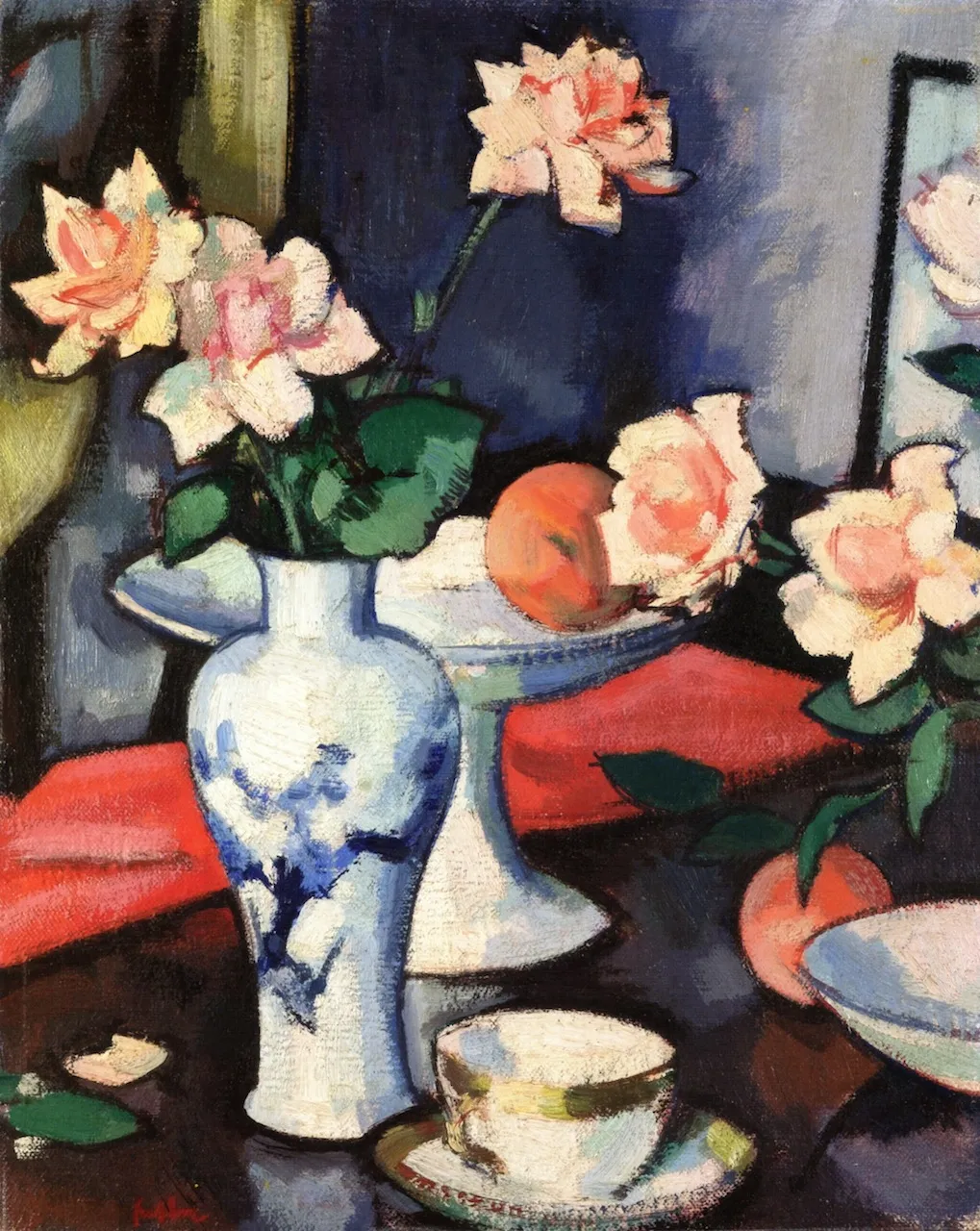
Repetition (value 1-10)
Gene Davis’ Homage to Dubuffet I has only very little repetition of shape:
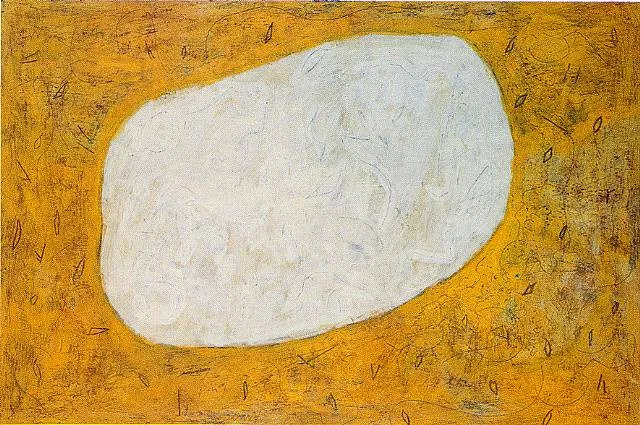
Josef Albers’ Frontal has a lot of repetition of shape:
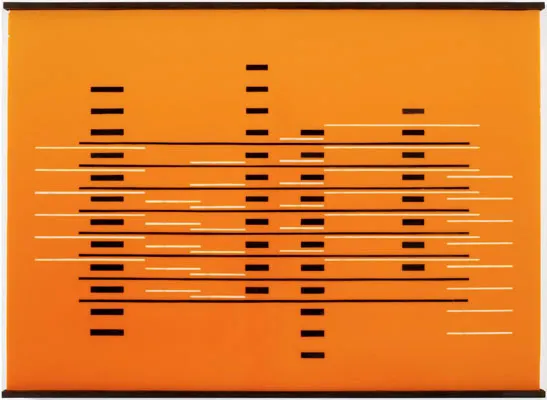
Color
The primary color is selected using the Magenta, Cyan, and Yellow color chart which includes the following values: Magenta, Red-Magenta, Red, Orange, Yellow, Yellow-Green, Green, Green-Cyan, Cyan, Blue-Cyan, Blue, and Blue-Magenta.
The harmony feature can be one of six: monochromatic, analogous, complementary, split complementary, triadic, tetradic.
Hiroshige’s Small Bird on a Branch of Kaidozakura is Orange/Split Complementary:
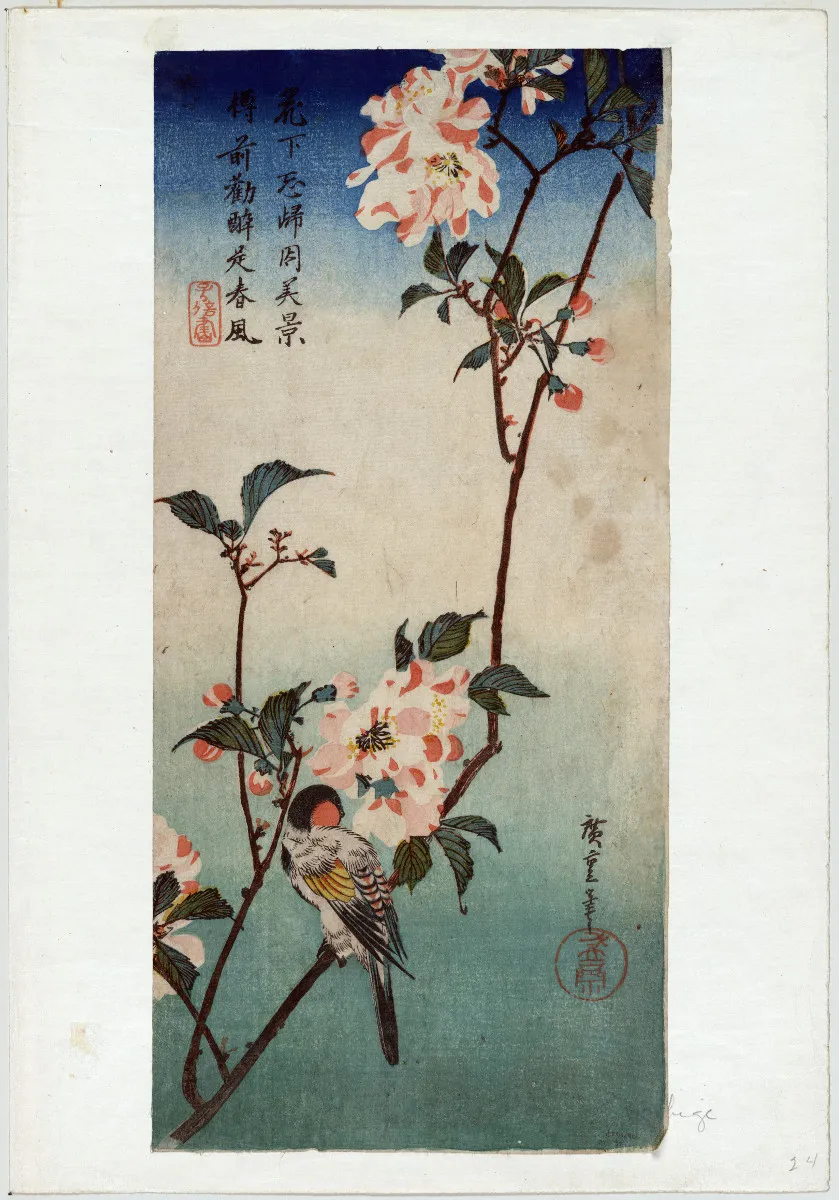
Franz Richard Unterberger’s Procession in Naples is Orange/Complementary:
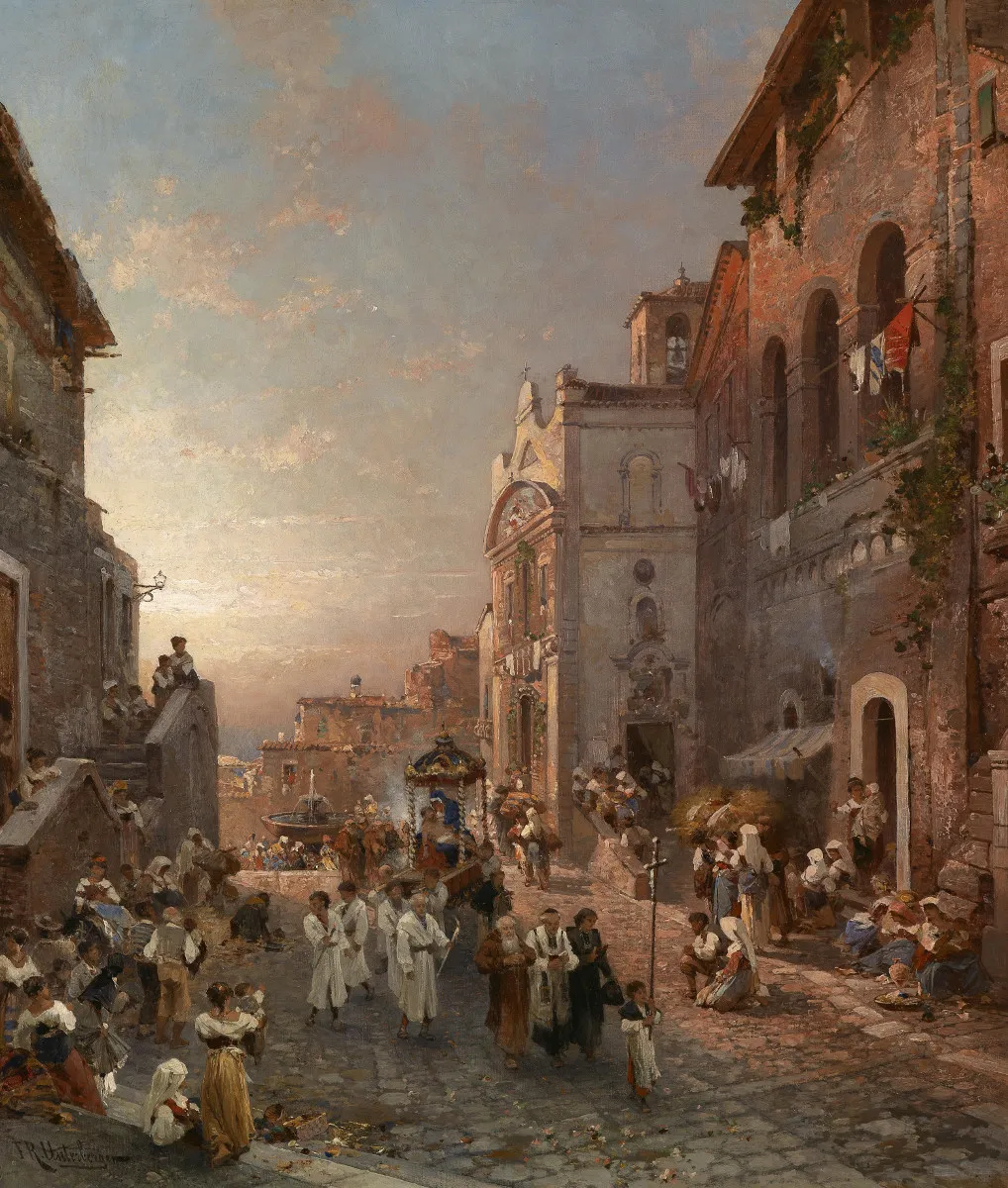
Francisco Goya’s Bildzyklus is Orange/Analogous

Josef Albers’ Frontal is Orange/Monochromatic:

Next Week
I’ll continue to label the WikiArt dataset and start training my first discriminator.